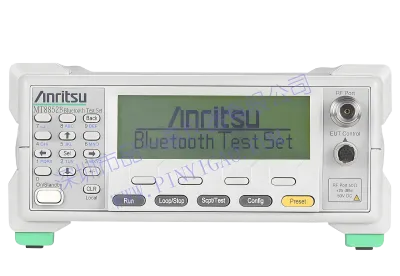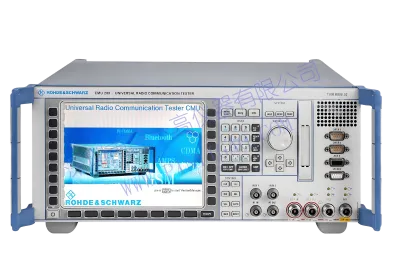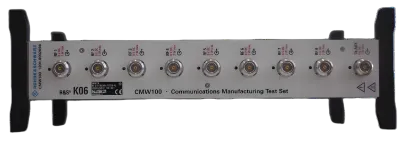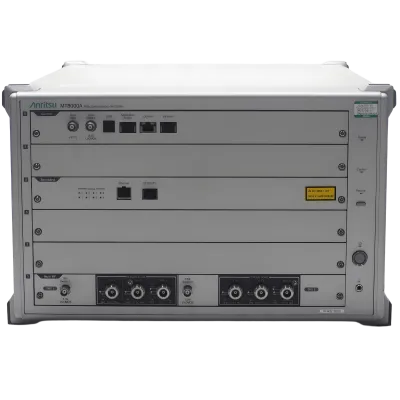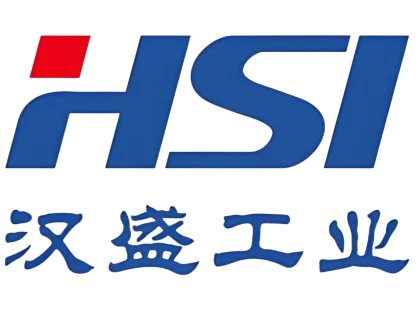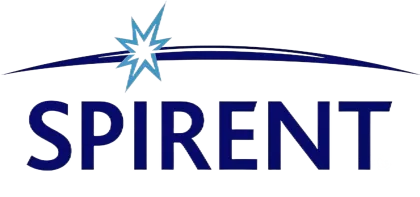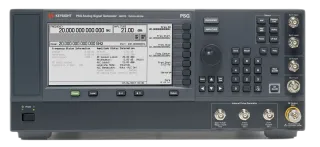
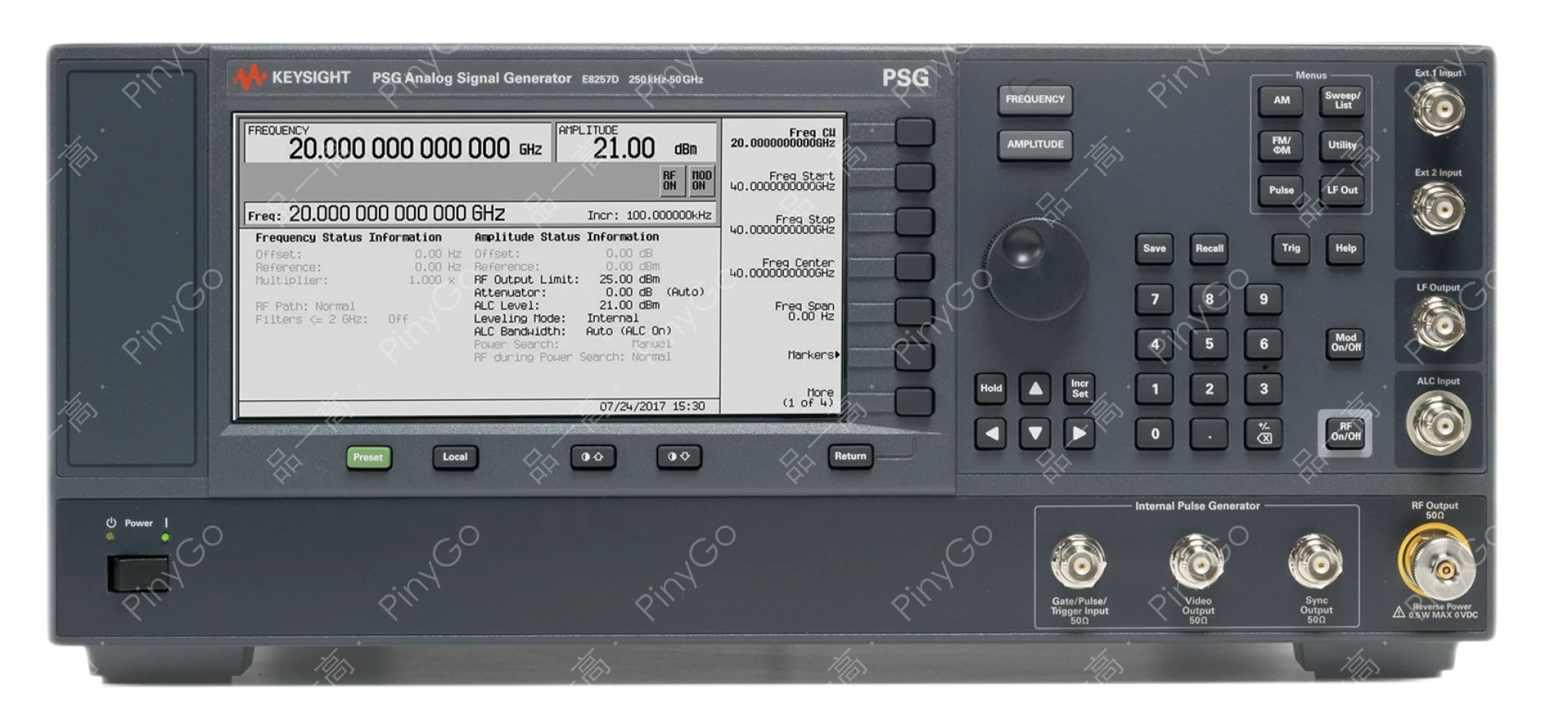
E8257D PSG Analog Signal Generator
Manufacturers
Keysight
Other Recommendations
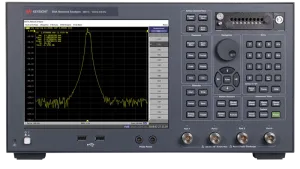
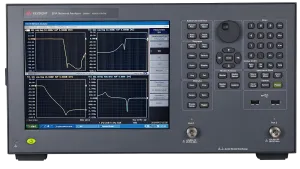
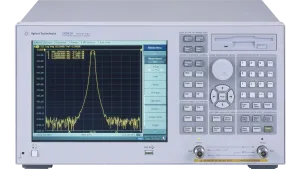
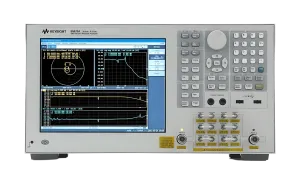
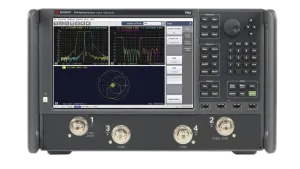
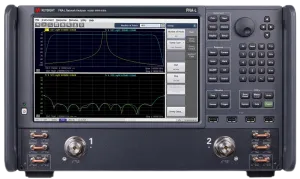
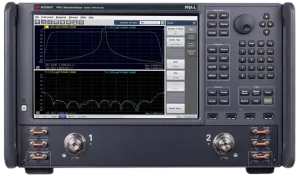
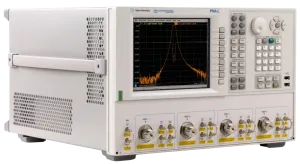

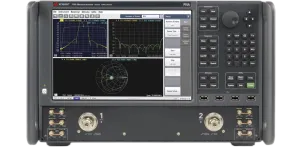


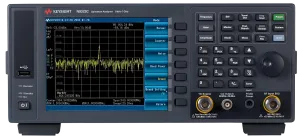
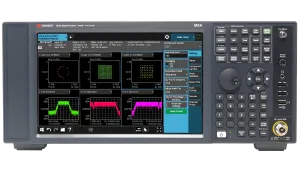

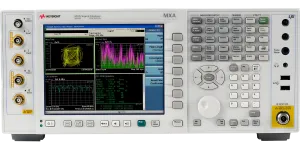
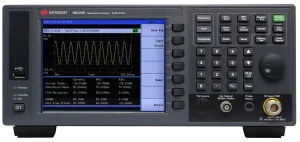
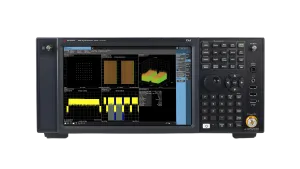
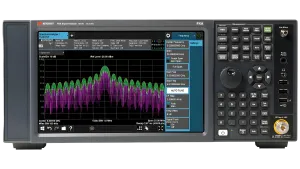
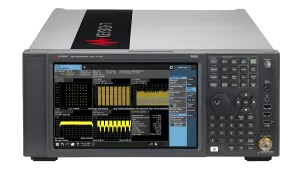
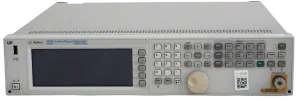


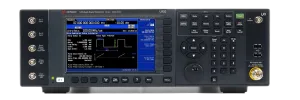
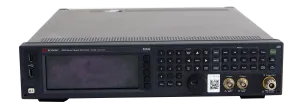

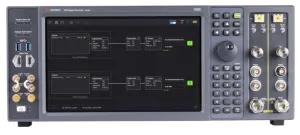


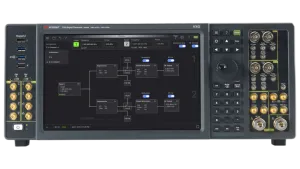
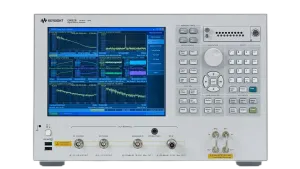
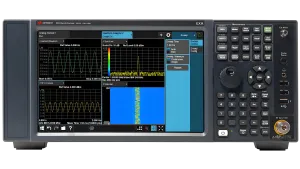
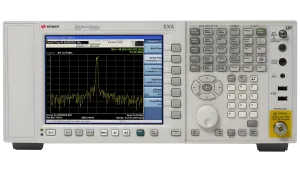


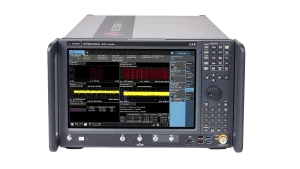
67GHz Metrology-Grade Signal Source, +30dBm Output, Ultra-Low Phase Noise for Radar/ADC Testing
📡
100kHz-67GHz (extendable to 500GHz) (Source: Input description)
🔊
+30dBm (1W) for high-dynamic-range systems (Source: Input description)
🔇
-126dBc/Hz @10kHz offset (10GHz) (Source: Input description)
| Parameter | Specification | Application Value |
|---|---|---|
| Frequency Range | 100kHz-67GHz (500GHz with extender) | Covers automotive radar (77GHz) to satellite comms (50GHz) |
| Output Power | Up to +30dBm (1W) | Drives high-loss systems without external amplifiers |
| Phase Noise | -126dBc/Hz @10kHz offset (10GHz) | Enables precise Doppler radar and high-resolution ADC testing |
Core Application Scenarios
Automotive Radar Characterization — Ultra-low phase noise enables precise Doppler shift measurement (Based on phase noise spec)
Satellite Payload Testing — +30dBm output overcomes waveguide losses in ground station equipment (Based on power spec)
Leasing Scenario Technical Adaptation
High-Frequency Lab Flexibility — 500GHz extension capability via frequency multipliers (Source: Input description)
Calibration Lab Reference — Metrology-grade stability (±0.005dB after warm-up) reduces calibration uncertainty
Technical Deep Dive
Precision Signal Generation Architecture
Features "Ultra-Stable OCXO + YIG-Tuned Oscillator + Precision Modulator" design: Double-shielded OCXO provides base reference stability (0.1ppb/day aging), YIG main oscillator achieves <-126dBc/Hz phase noise at 10GHz (Source: Phase noise specification). Multi-stage amplification chain delivers +30dBm output with <-70dBc harmonic distortion. Integrated AM/FM/PM modulation enables radar pulse simulation (1ns rise time) and Doppler shift emulation.
| Technical Dimension | E8257D | Standard Signal Generator | Advantage |
|---|---|---|---|
| Phase Noise Performance | -126dBc/Hz @10kHz offset (10GHz) | -110dBc/Hz typical | 16dB improvement for low-phase-noise applications |
| Output Power Capability | +30dBm at 67GHz | +10 to +15dBm typical | Eliminates need for external amplifiers in mmWave systems |
Doppler Radar Test Workflow
Connection: RF output to radar receiver input, modulation input to pulse trigger
Configuration: Set frequency to 77GHz, output power to +20dBm, enable FM modulation (10kHz deviation for Doppler simulation)
Testing:
- Measure receiver sensitivity with stepped power levels (-110dBm to -70dBm)
- Verify Doppler shift tracking accuracy at 1kHz steps
- Characterize false alarm rate with injected phase noiseAnalysis: Generate phase noise vs. frequency plot, calculate radar detection probability
Thermal Stability Boundary
Phase noise degrades by 3dB when ambient temperature exceeds 40°C (Based on operating temperature range). Mitigation: ① Maintain lab temperature at 25±5°C; ② Allow 45-minute warm-up for specified performance (Source: Input warm-up requirement).


